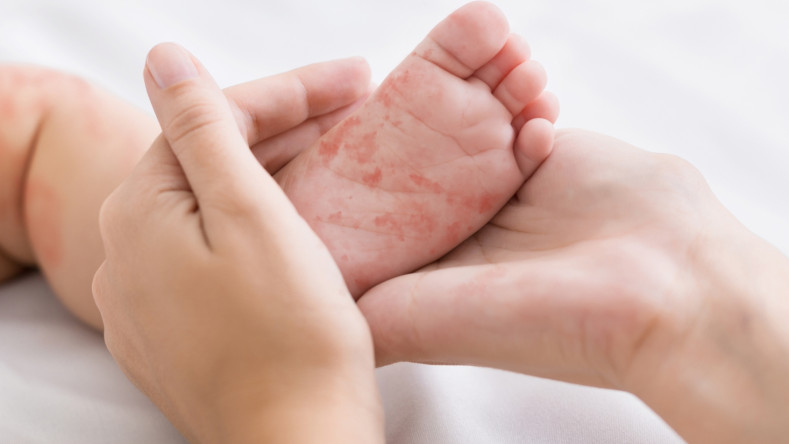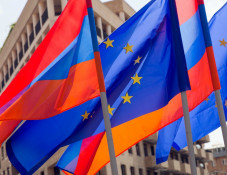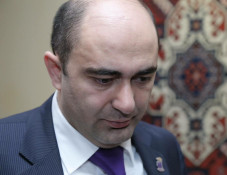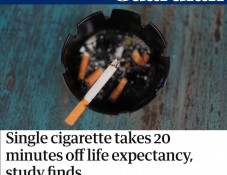
More than 140,000 die from measles as cases surge worldwide
Worldwide more than 140,000 people died from measles in 2018, according to new estimates from the World Health Organization (WHO) and the United States Centers for Diseases Control and Prevention (CDC). These deaths occurred as measles cases surged globally, amidst devastating outbreaks in all regions.
Most deaths were among children under 5 years of age. Babies and very young children are at greatest risk from measles infections, with potential complications including pneumonia and encephalitis (a swelling of the brain), as well as lifelong disability – permanent brain damage, blindness or hearing loss, UNICEF said in a press release.
Recently published evidence shows that contracting the measles virus can have further long-term health impacts, with the virus damaging the immune system’s memory for months or even years following infection. This ‘immune amnesia’ leaves survivors vulnerable to other potentially deadly diseases, like influenza or severe diarrhoea, by harming the body’s immune defenses.
“The unacceptable number of children killed last year by a wholly preventable disease is proof that measles anywhere is a threat to children everywhere,” said Henrietta Fore, UNICEF’s Executive Director. “When children go unvaccinated in significant numbers, entire communities are at risk. We see that even today in remote places like in the Democratic Republic of the Congo, where measles has killed more than 4,500 children under the age of five so far this year; or in Samoa, where a rapidly spreading measles outbreak has left many children ill and unable to go to school.”
Measles is preventable through vaccination. However, vaccination rates globally have stagnated for almost a decade. WHO and UNICEF estimate that 86 per cent of children globally received the first dose of measles vaccine through their country’s routine vaccination services in 2018, and fewer than 70 per cent received the second recommended dose.
Worldwide, coverage with measles vaccine is not adequate to prevent outbreaks. WHO recommends that 95 per cent vaccination coverage with two doses of measles vaccine is needed in each country and all communities to protect populations from the disease.
Estimating the total number of cases and deaths globally and by region, the report finds that the worst impacts of measles were in sub-Saharan Africa, where many children have persistently missed out on vaccination. In 2018, the most affected countries – the countries with the highest incidence rate of the disease – were Democratic Republic of the Congo (DRC), Liberia, Madagascar, Somalia and Ukraine. These five countries accounted for almost half of all measles cases worldwide.
This year, the United States reported its highest number of cases in 25 years, while four countries in Europe – Albania, Czechia, Greece and the United Kingdom – lost their measles elimination status in 2018 following protracted outbreaks of the disease. This happens if measles re-enters a country after it has been declared eliminated, and if transmission is sustained continuously in the country for more than a year.
‘Progress Toward Regional Measles Elimination — Worldwide, 2000-2017’ is a joint publication of WHO and CDC. It is published within the WHO Weekly Epidemiological Record and in CDC’s Morbidity and Mortality Weekly Report. Measles elimination is defined as the absence of endemic measles virus transmission in a region or other defined geographical area for more than 12 months. Conversely, a country is no longer considered to be measles free if the virus returns and transmission is sustained continuously for more than a year.
Situation in Armenia
According to the National Center for Disease Control and Prevention of Armenia's Ministry of Health, the situation is stable in Armenia, but since the beginning of the year there have been 7 confirmed cases of measles, which are epidemiologically linked to Ukraine, Georgia and Russia.
Newsfeed
Videos






























